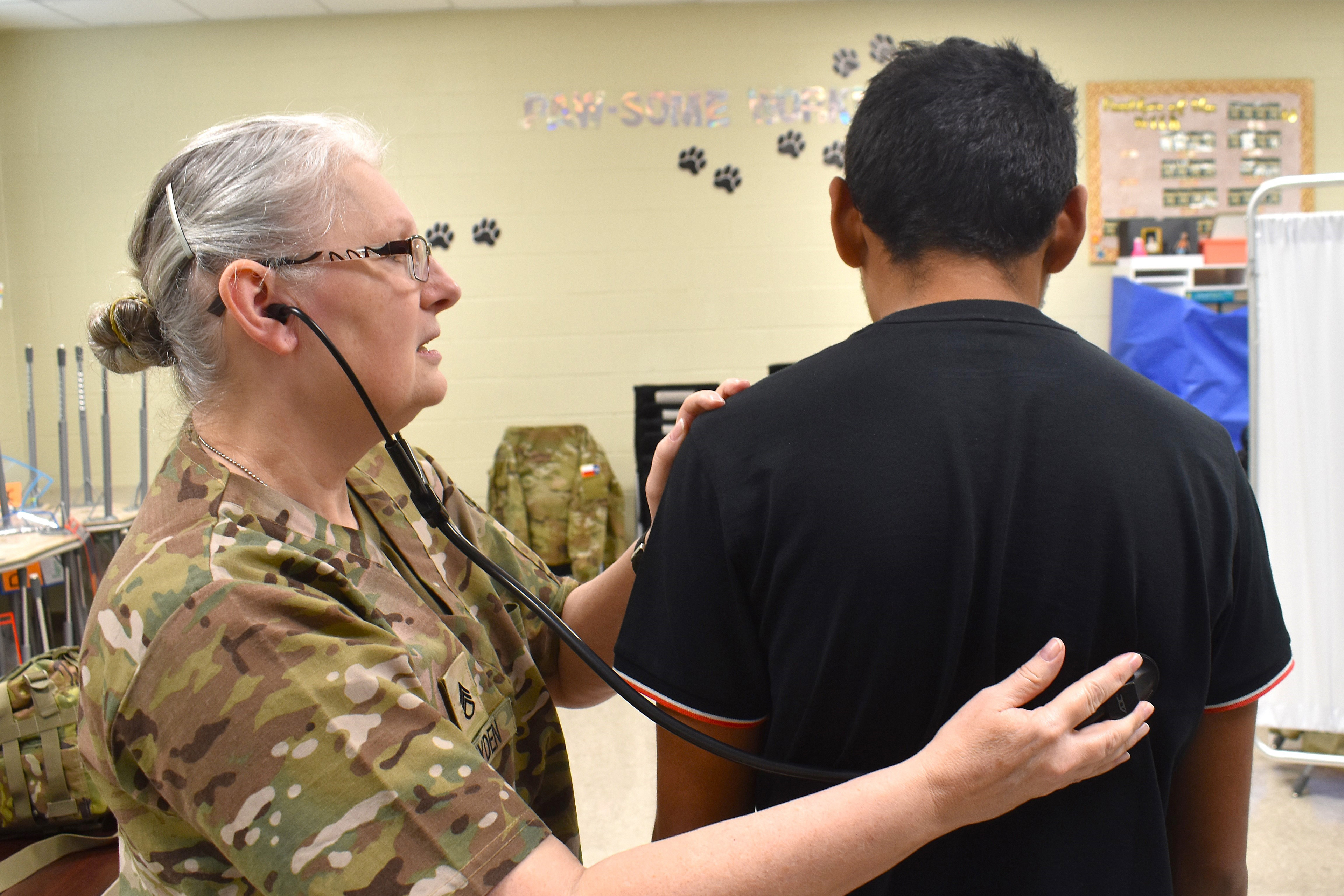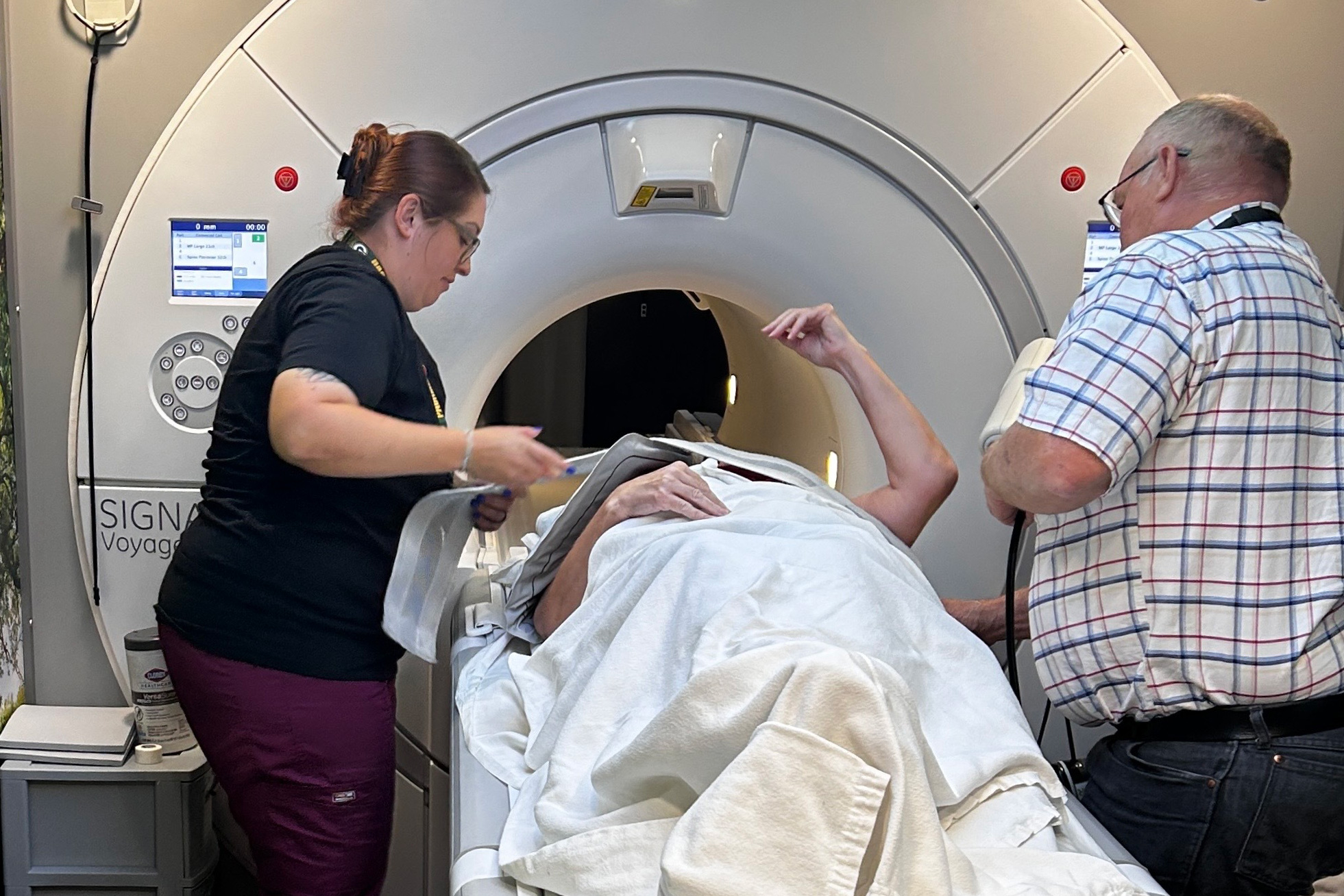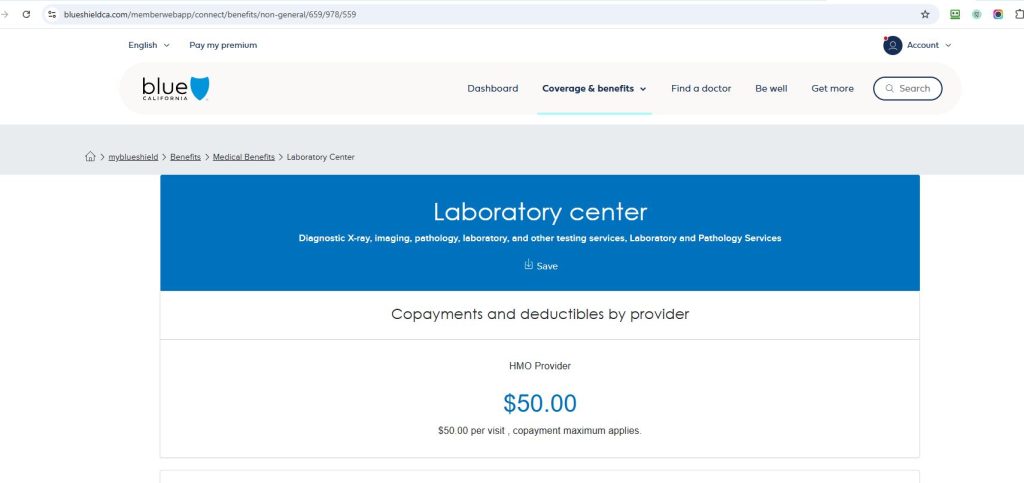Breastfeeding is a unique and beautiful bonding experience between mother and baby, but it can also come with physical challenges, especially in the early days. One of the most overlooked yet crucial aspects of successful breastfeeding is positioning. Whether you're a first-time mom or nursing your third child, how you hold your baby during feedings can directly impact latch quality, milk transfer, and your overall comfort.
Understanding the optimal breastfeeding positions for comfort and efficiency not only helps prevent common issues like nipple soreness and clogged ducts, but it also supports your baby’s ability to feed effectively and comfortably. With the right position, breastfeeding becomes a more relaxed and productive experience—for both you and your little one.
Why Position Matters in Breastfeeding
The right position ensures:
A deep latch, reducing nipple pain and milk leakage.
Proper milk drainage, preventing engorgement or mastitis.
Comfortable posture for the mother, minimizing back, shoulder, or neck strain.
Better milk transfer, which can affect weight gain and feeding satisfaction.
Choosing a position that works for both you and your baby is essential to successful, stress-free feeding.
Most Recommended Breastfeeding Positions
Cradle Hold
Best for: Full-term babies and moms with some breastfeeding experience.
Description: Your baby's head rests in the crook of your arm, tummy to tummy with you.
Tip: Use a nursing pillow to support your arm and avoid strain.
Cross-Cradle Hold
Best for: Newborns and learning to latch.
Description: Support your baby with the arm opposite the breast being used, giving your other hand freedom to guide the breast.
Tip: Great for active latching and supervision of baby’s mouth alignment.
Football (Clutch) Hold
Best for: Moms recovering from a C-section or with twins.
Description: Tuck your baby under your arm like a football, supporting their head with your hand.
Tip: Keeps pressure off the abdominal area and allows clear visibility of the latch.
Side-Lying Position
Best for: Night feedings or moms recovering from birth.
Description: Lie on your side with your baby facing you, aligned head to toe.
Tip: Make sure your baby can't roll away and keep your body supported with pillows.
Laid-Back (Biological Nurturing) Position
Best for: Skin-to-skin bonding and babies with latch difficulties.
Description: Recline slightly with baby lying on your chest, letting them find the nipple naturally.
Tip: Promotes instinctual feeding behavior and can reduce reflux.
Tips for Positioning Success
Relax before feeding: Stress can affect milk letdown.
Use pillows and armrests for support and to avoid muscle strain.
Alternate positions if you notice sore spots or clogged ducts.
Watch baby’s cues rather than the clock—comfort and rhythm matter more than time.
Conclusion
Mastering the optimal breastfeeding positions for comfort and efficiency can significantly ease your breastfeeding journey. Each baby and mother are different, so it may take a bit of trial and error to discover which position feels best. However, prioritizing comfort and latch effectiveness will help reduce stress and promote longer, more satisfying feeding sessions.
Ultimately, choosing the right position isn't just about physical ease—it’s about creating a peaceful and nurturing environment where you and your baby can thrive together.



















 English (US) ·
English (US) ·